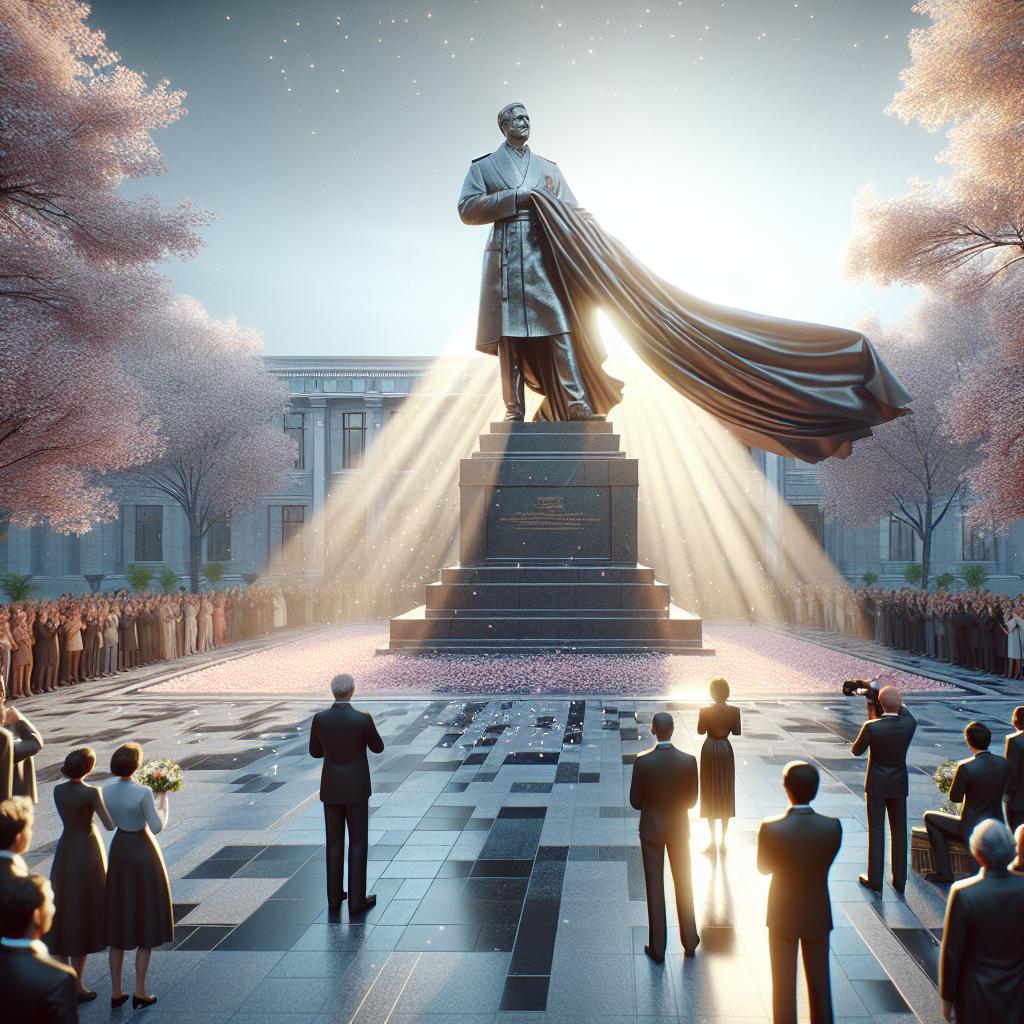

Monumental Tribute Statue Unveiling
The monumental act of defiance and courage of Harriet Tubman continues to echo through history decades after her end. Taking a significant stride towards honoring her bravery, a South Carolina church recently unveiled a statue immortalizing her leadership of a raid that brought freedom to more than 700 enslaved people.
In the ambience of dawn on June 2, 1863, Union army gunboats floated off the shores of the Combahee River in South Carolina, awaiting the cue to perform an act destined to rewrite the lives of those enslaved and marginalized. On the signal – the sound of the gunboats’ steam whistles – more than 700 enslaved individuals sprinted from the plantations towards their impending liberty. Known as the Combahee Ferry Raid, this strategic operation, primarily led by Harriet Tubman alongside 100 Black Union Soldiers, embedded her name in the US history as the first woman to head a significant military operation.
To commemorate the 161st anniversary of the raid, Tabernacle Baptist Church, the pioneering Black Baptist Church in Beaufort, South Carolina, honored Tubman’s indomitable spirit with a monument. Sculpted by ninety-year-old artist and engineer Ed Dwight, the 14-foot bronze statue took eight years to complete and beautifully encapsulates the key elements of the raid.
The statue represents not just Tubman, but the entire essence of the event. It showcases a steamboat, two Union soldiers, and roughly a dozen enslaved people eager for freedom. “I could just put a statue of her [Tubman] standing there… but I had to put that river boat and put this whole thing in context,” Dwight stated in an interview.
Identified as one of the most influential conductors of the Underground Railroad, Tubman is celebrated for the liberation of approximately 70 enslaved individuals over a dozen trips. When she landed in Beaufort in 1862, close to 10,000 enslaved people were held in nearly 200 plantations in the vicinity.
Joining the Union Army as a voluntary operative, Tubman wore many hats, including being an informant, nurse, laundress, cook, spy and scout. Under cover of night, Tubman and Union Army Col. James Montgomery navigated up the Combahee River on June 1, 1863, leading three military gunboats, loaded with approximately 150 Black Union soldiers. The arrival at the Lowcountry plantation and the beaconing signals saw more than 700 enslaved individuals break free. “That was the largest raid emancipating [enslaved] people in the United States,” stated Karen Hill, CEO of the Harriet Tubman Home.
The unveiling ceremony witnessed solace, reverence and joy. Harriet Tubman’s resolve to rescue loved ones and strangers amidst high risk propels her great-great-great grandniece Ernestine Wyatt to believe that the spirit of unwavering faith in God is a virtue passed down through generations.
The quarter mile long bridge over the Combahee River was named the Harriet Tubman Bridge to memorize her feat and is a reminder of her undying faith and dedication. The monument of Tubman is emphatic not just for testament of history but also the imaginations of those who take a moment to look at it, and encourage thoughtfulness pertaining to past struggles and the current times.
News Summary The ONEflight Myrtle Beach Classic is set to attract golf enthusiasts from Thursday…
News Summary The ONEflight Myrtle Beach Classic returns to the Dunes Golf and Beach Club…
News Summary Nathan Franks, a senior All-American golfer from Roebuck, South Carolina, is set to…
News Summary The 2025 ONEflight Myrtle Beach Classic at the Dunes Golf and Beach Club…
News Summary Governor Henry McMaster has declared a state of emergency in South Carolina as…
News Summary Michelin North America Inc. proudly marks its 50th anniversary in South Carolina, highlighting…